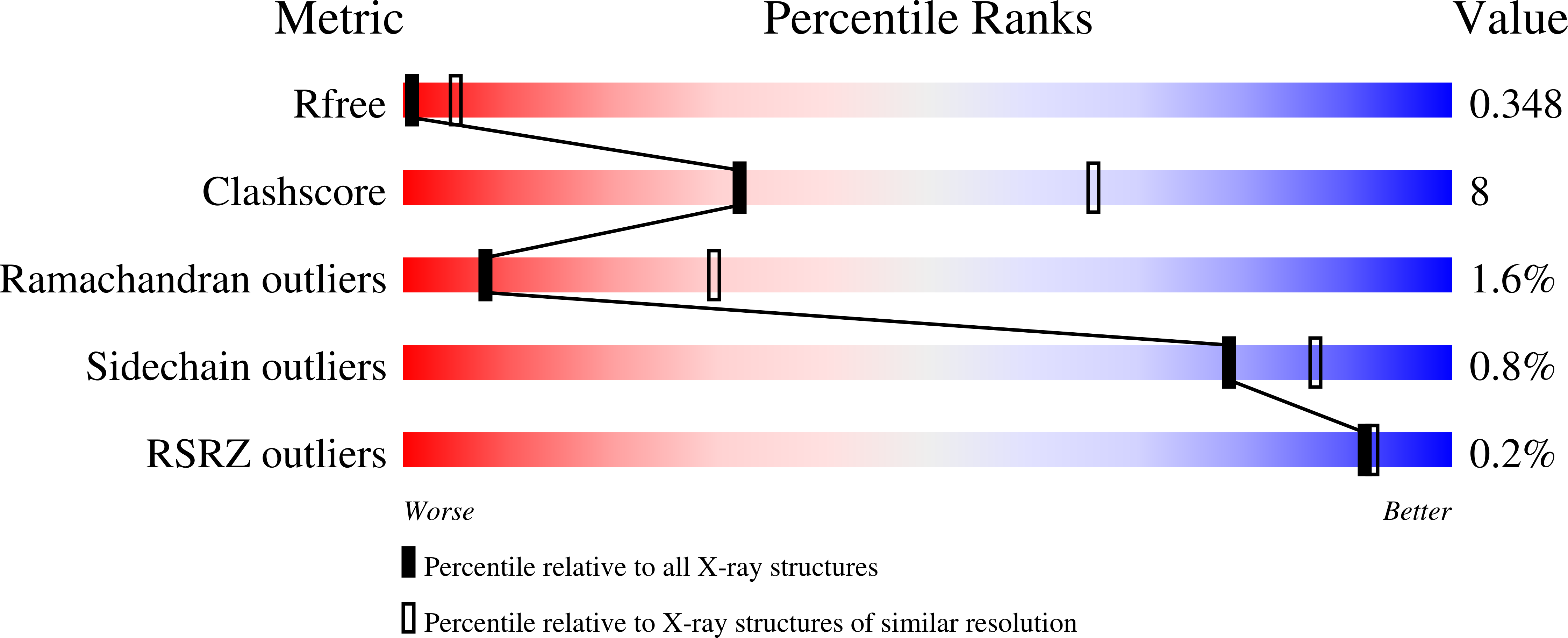
Deposition Date
2024-06-08
Release Date
2025-04-23
Last Version Date
2025-11-05
Method Details:
Experimental Method:
Resolution:
3.41 Å
R-Value Free:
0.36
R-Value Work:
0.33
R-Value Observed:
0.33
Space Group:
P 31 2 1


